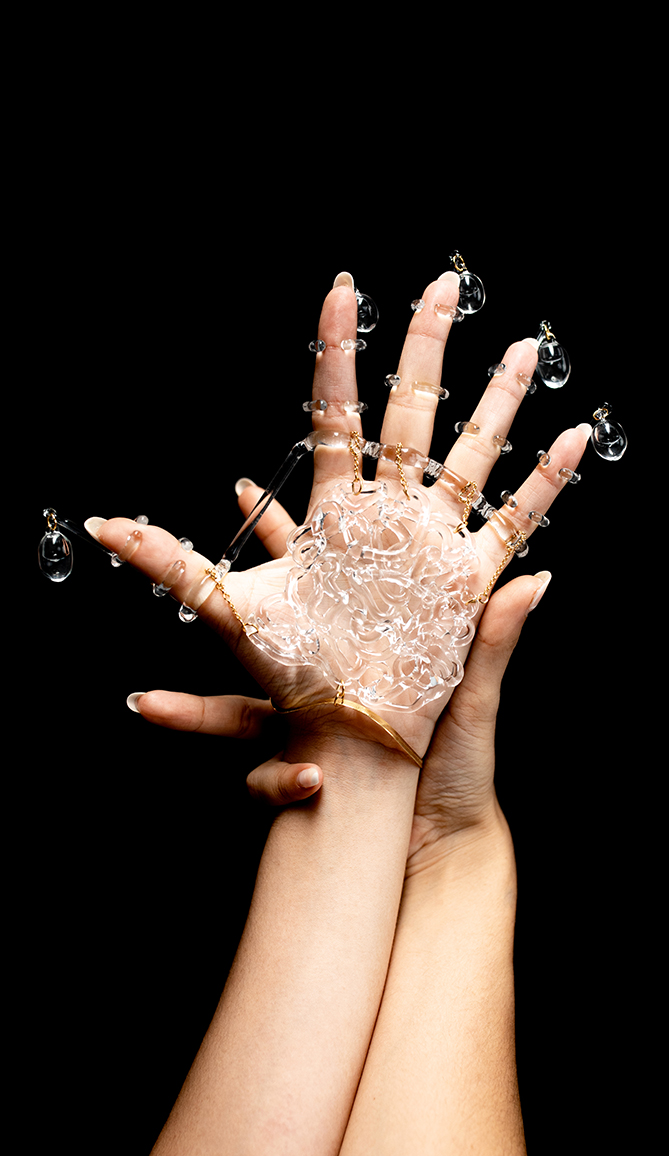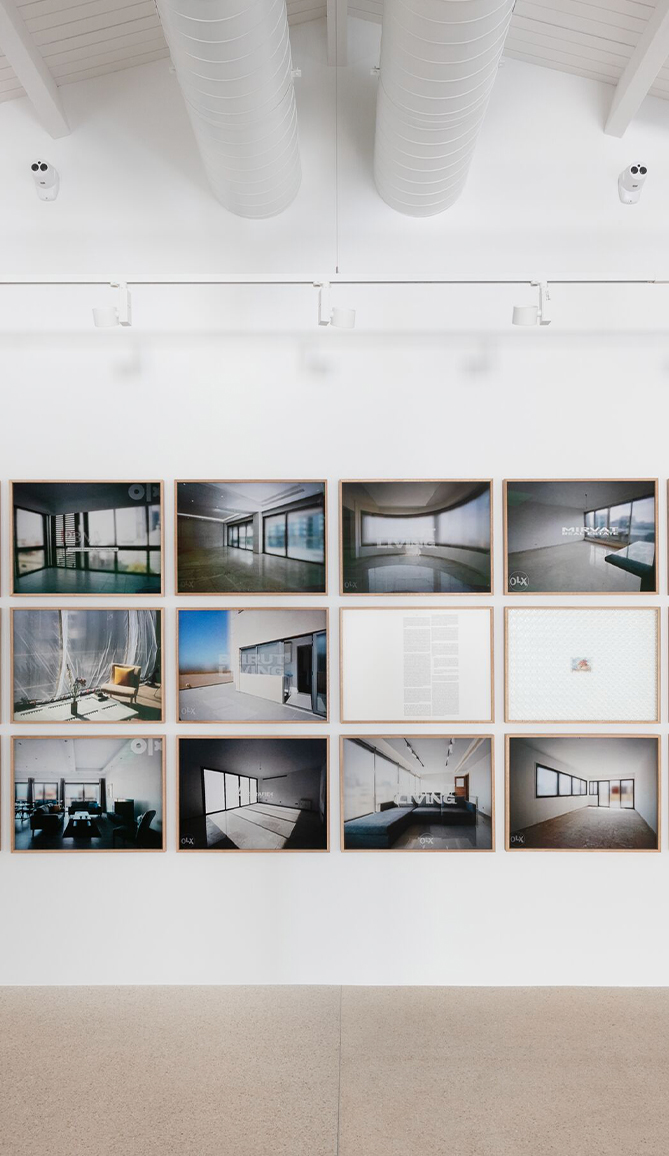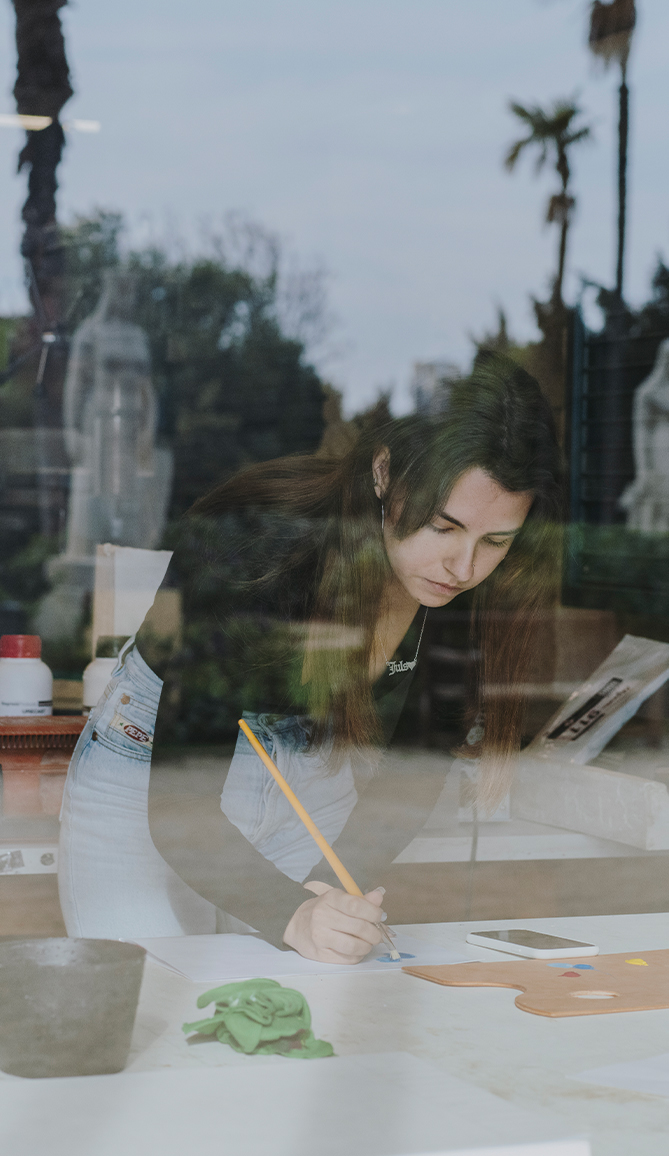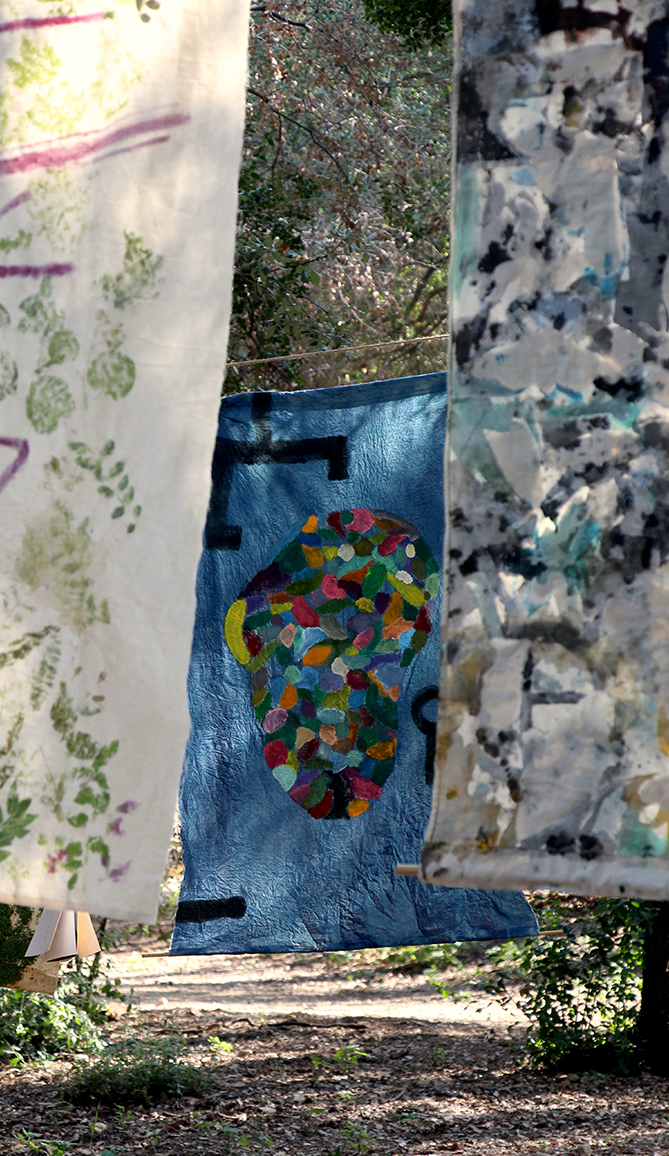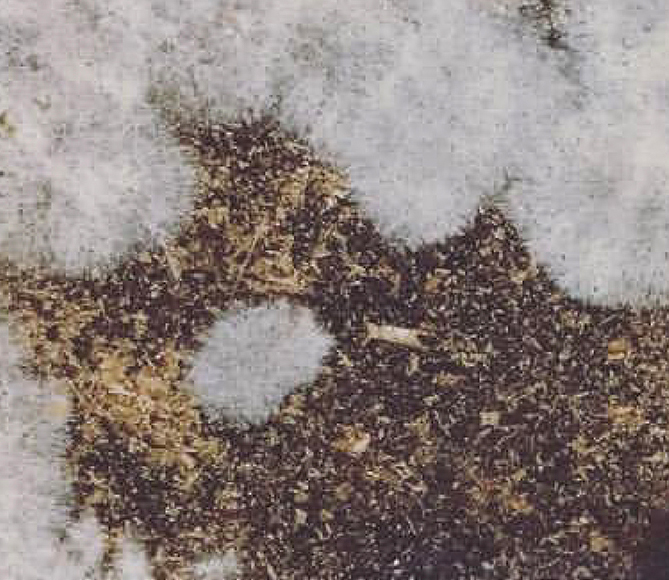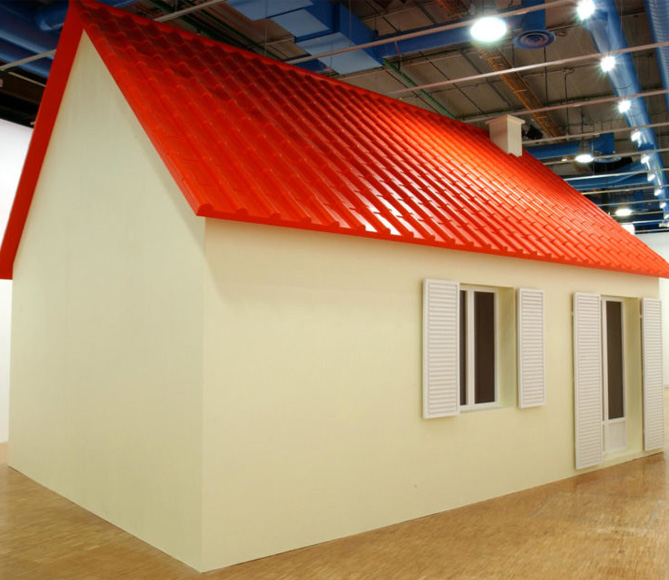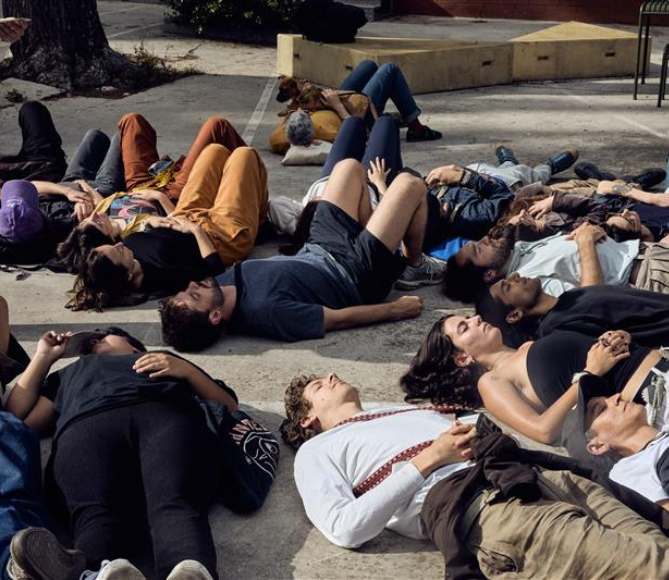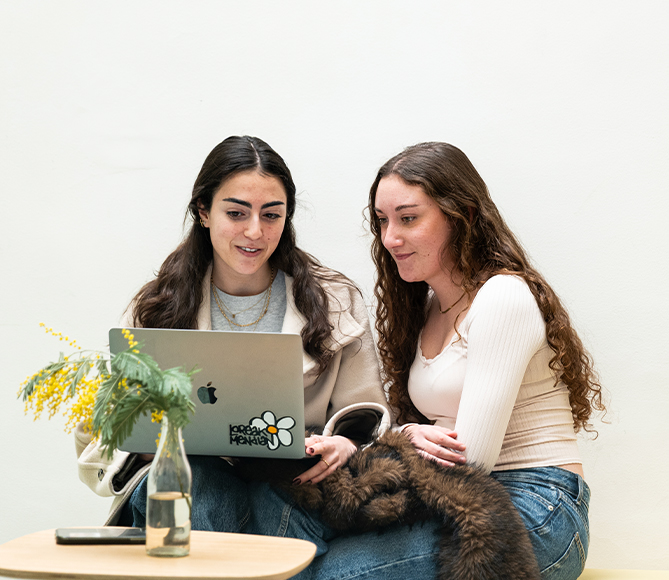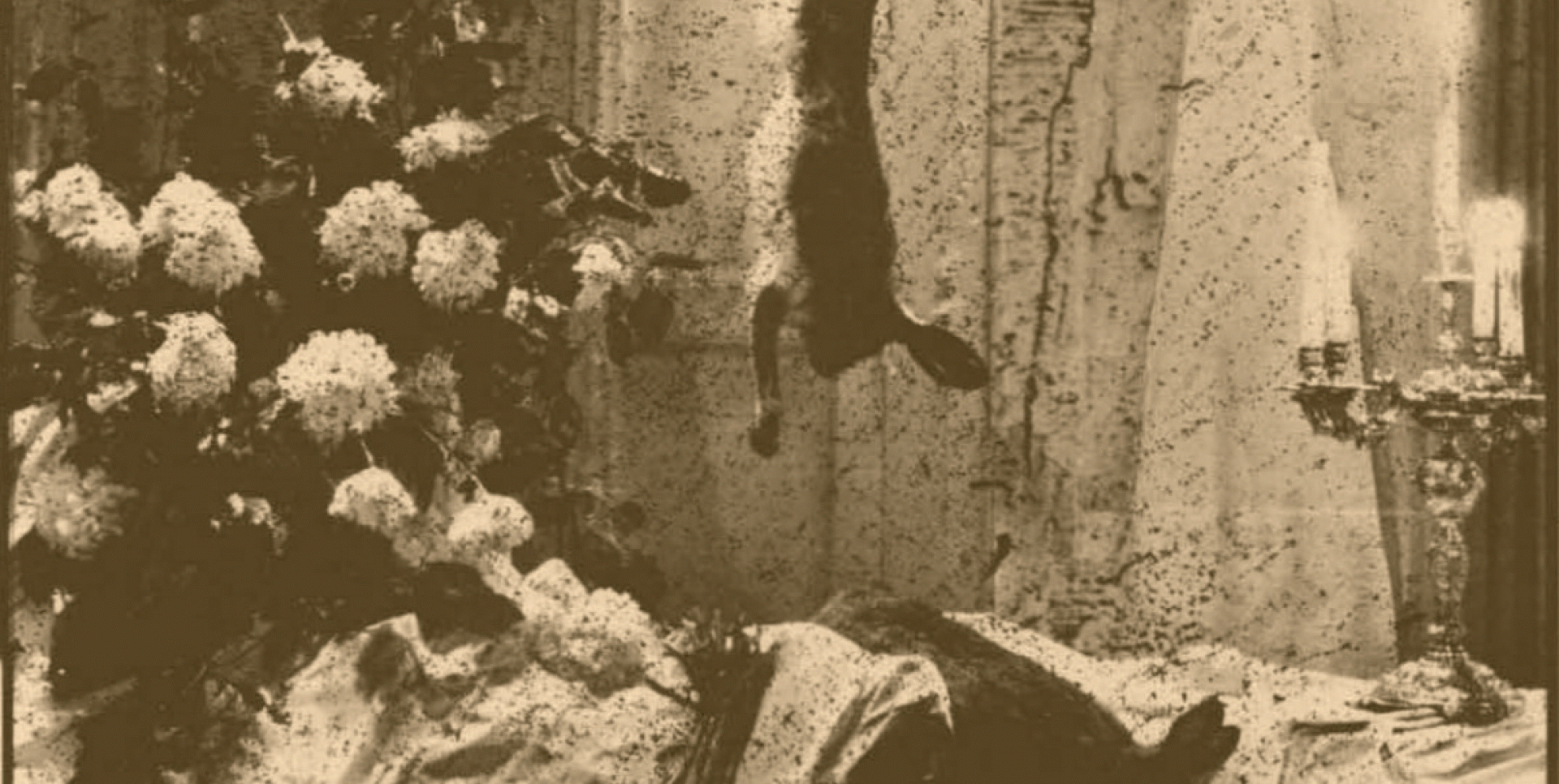Natura morta realista (Realist Still Life) was a performance by Xavier Olivé, Josep Bagà, Jordi Colomer and Agustí Jansana to celebrate the start of the winter solstice one cold November morning in 1984 at EINA.
This still life is the interpretation of a pictorial genre and not of a specific work. A very popular genre in which pieces such as game animals, fruit, flowers and kitchen and household utensils were represented, in a specific space and that symbolised human vanity and the brevity of existence, as well as the fleeting nature of human pleasures and, in short, of life itself.
The large dimension of the work (600 x 250 x 100) hindered the unitary reading of the “painting” and, by contrast, suggested a series of segmented and partial readings that were made as the spectator passed in front of the new painting.
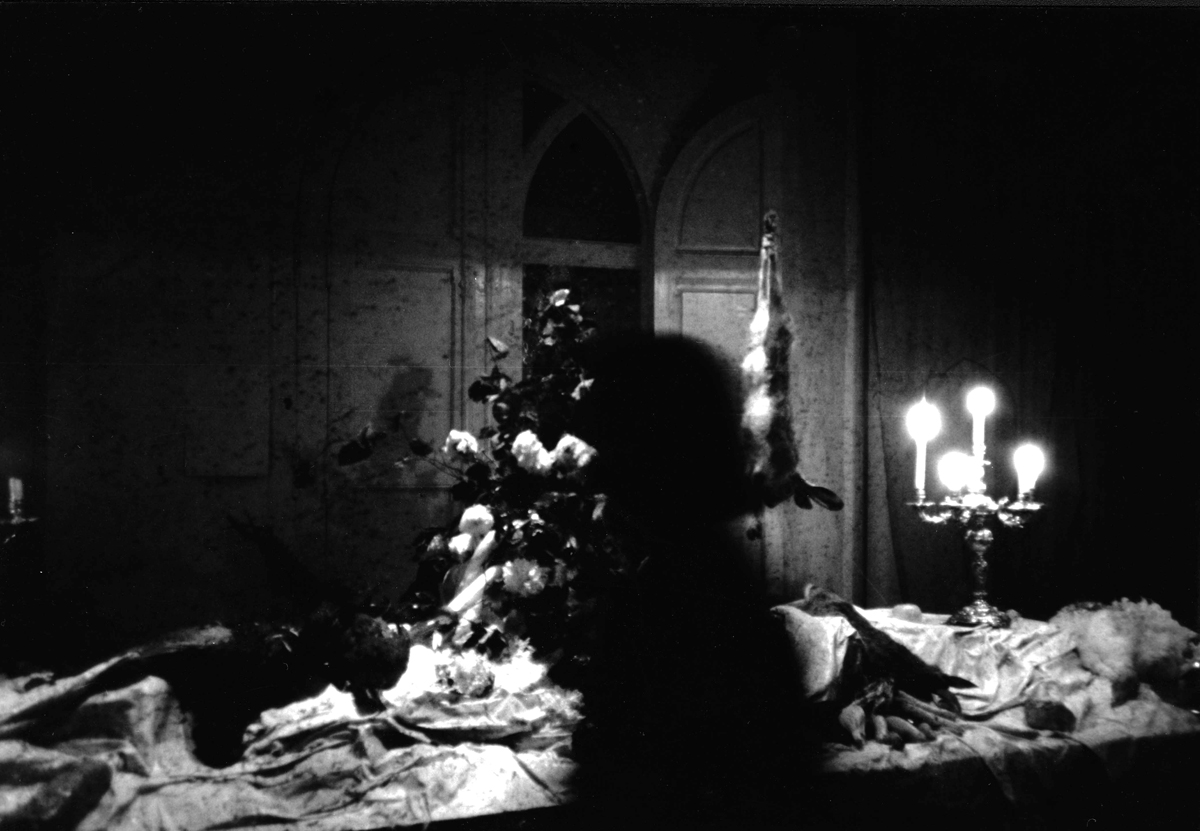
The image of the work is veiled by tulle treated with pigments that stand between the spectator and the still life. The ground is filled with feathers that have been plucked from the birds.

The smell of game animals: hares, partridges and pheasants, as well as the wild turkey, is penetrating, contributing to the immersion of the spectator in the ambiguous performance and an unsettling note. The hares, kept according to the hanging technique, are left to decay for a few days so that the meat is more tender.
Ambiguity is the centrepiece of the action. White tablecloths with brush strokes in oil allow the texture of a canvas to be achieved. Stiffened by the paint, the folds in the cloth are emphasised. The fruits and flowers, the birds’ beaks and the hares’ feet are varnished with turpentine to give them an artificial brightness. The shadows are real, but there also painted ones that make the space even more shaded, like Baroque still lifes.
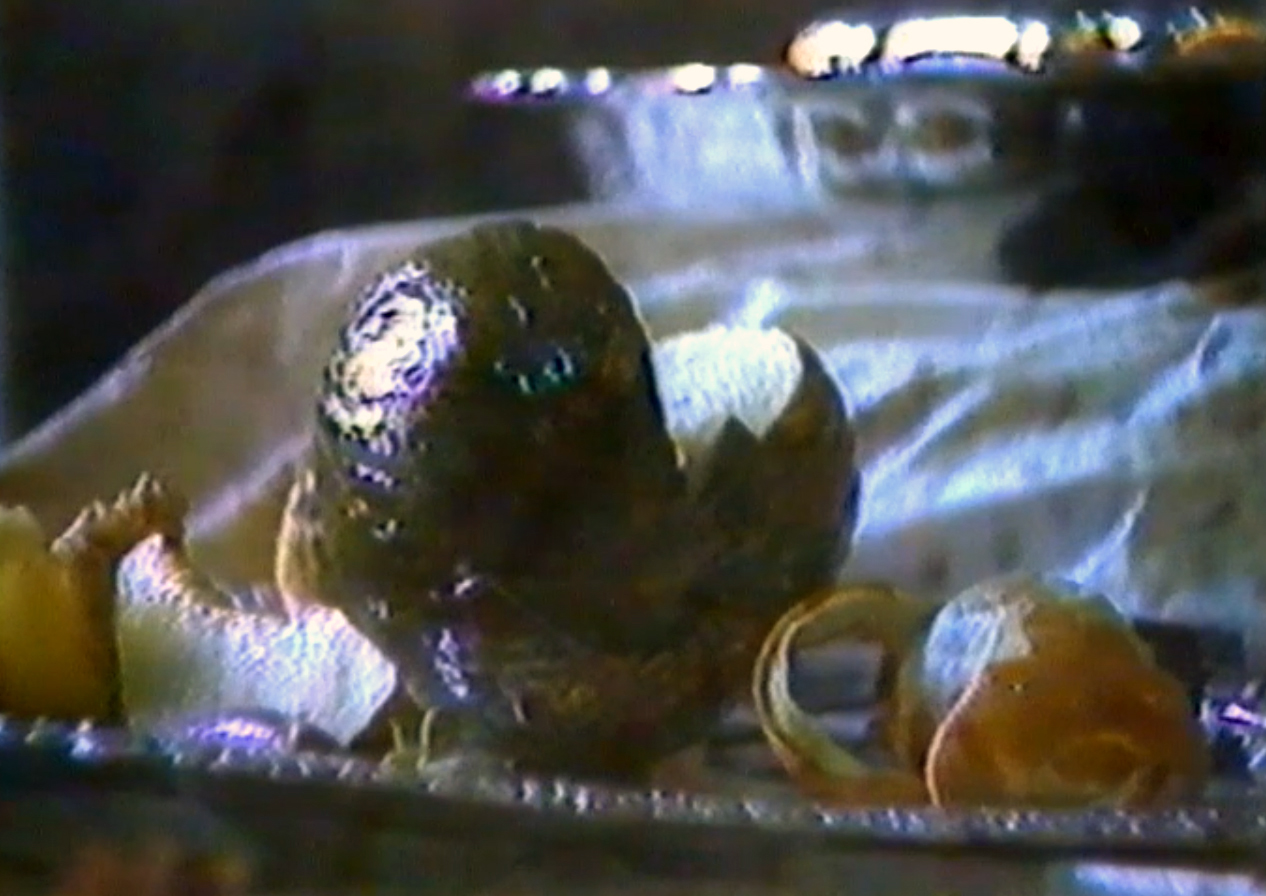
The candelabras and the silver salvers denote opulence and human vanity, personified in a sumptuous table display. The fruit with a bite taken out, the ripped bread, and a whole series of food that the diner has started eating and left half-consumed, together with the withered plants and the guttering candles, emphasise the sensation of transience, of time that passes and that will not come back, like the transience of pleasures.
The performance concludes with a meal. The cardboard plates used by the guests are hand-drawn, one by one, by EINA students, with different allegories of eating. Another example of ephemeral art.
The menu for the traditional EINA Christmas supper, held in 1984 at the La Balsa restaurant in Barcelona, also refers to Still Life. On this occasion, it was at last possible to taste the hare.

In 1987, on the occasion of the EINA, 20 Years at the Forefront exhibition held at the Palau Robert in Barcelona, the performance was remembered in a more minimalist format. The installation closed after a fortnight due to the state of deterioration of the food that formed part of it.
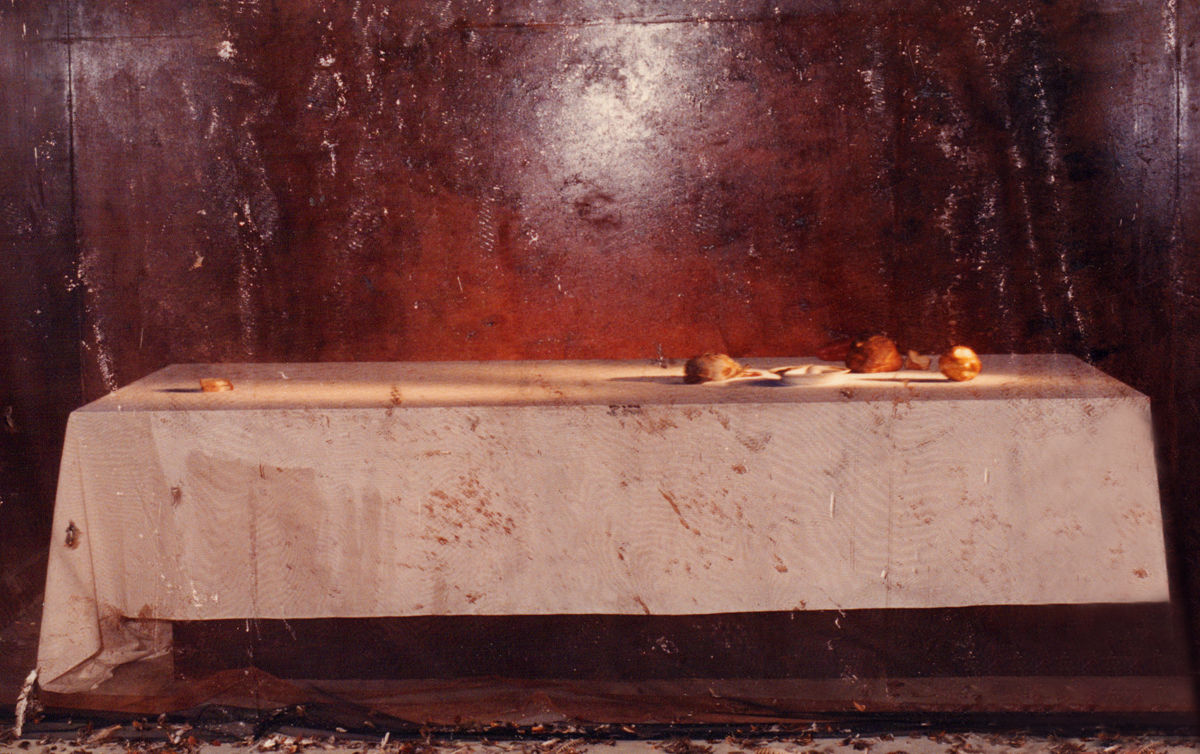
Technical specifications
- Date and venue: 16 November 1984. Casa Manuel Dolcet (first EINA headquarter)
- Idea and production: Xavier Olivé, Josep Bagà, Jordi Colomer i Agustí Jansana.
- Video: Carles Ameller.
- Photography: Manel Esclusa.
- The game animals were bought at the Salvador Capdevila stall in the La Boqueria market in Barcelona.
- The candelabras and alpaca salvers were rented from Crimons.
References
Olivé, Xavier; Bagà, Josep (1985). “Una natura morta”. Papers impresos. Núm. 7.
